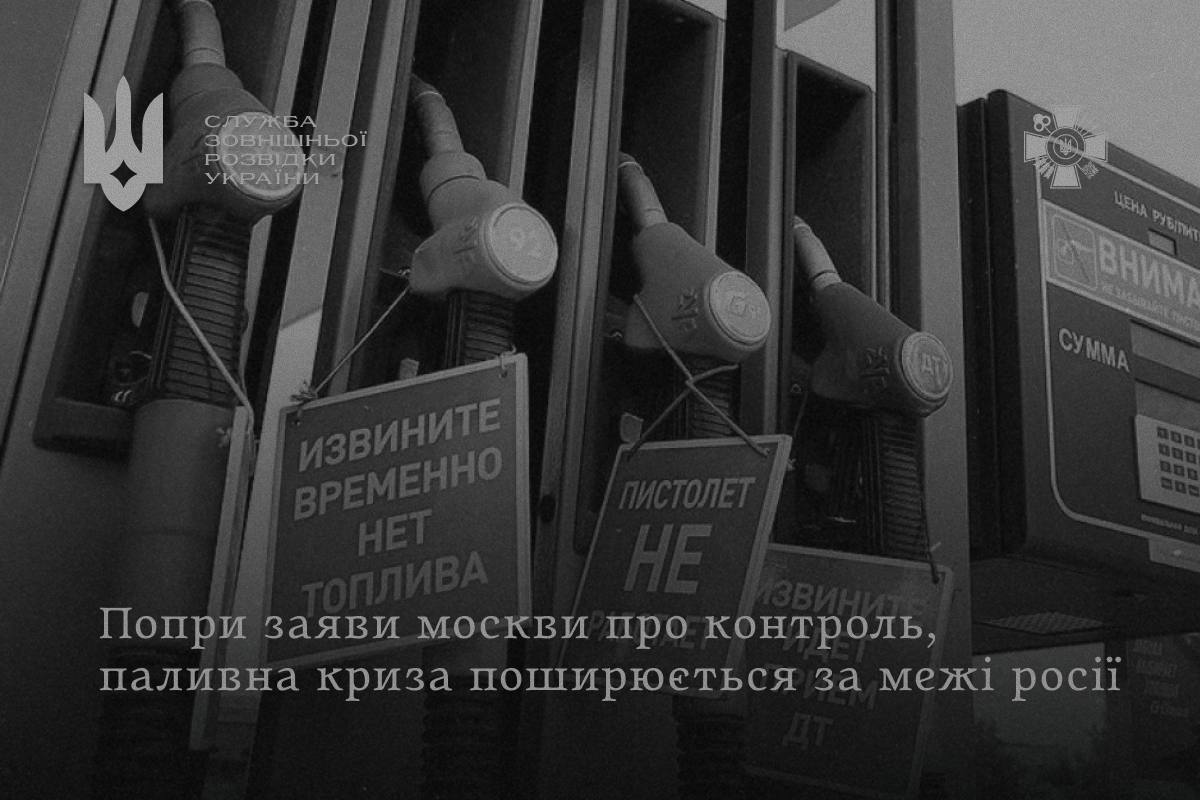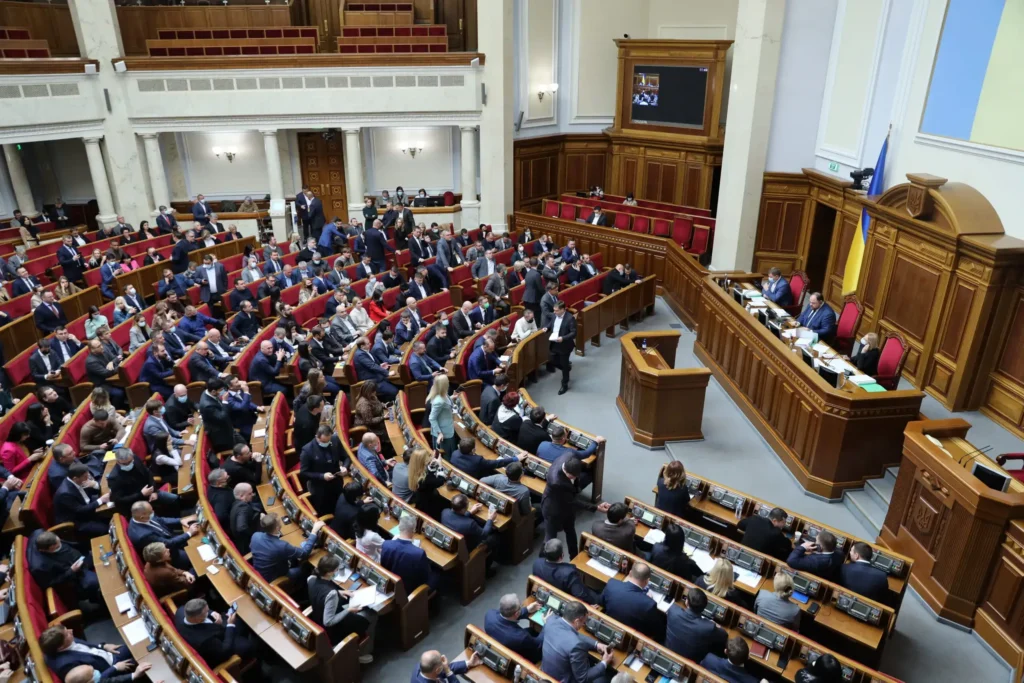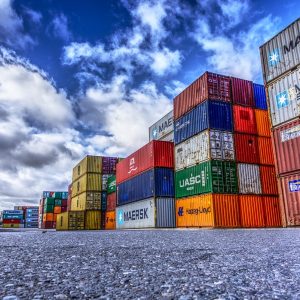Fuel crisis goes beyond Russia: Tajikistan faces shortages, occupied Crimea seizes gasoline
28 October 19:46
Despite Moscow’s claims of “full control” over the situation, the fuel crisis in Russia is spreading beyond the country’s borders.
This was reported by theForeign Intelligence Service of Ukraine (SZRU ) on its Telegram channel, "Komersant Ukrainian" reports.
Ukrainian intelligence states that the “manual control” of the fuel market, sanctions pressure and the continuation of the war against Ukraine have led to new economic disruptions – both in Russia and in neighboring countries.
“Official Moscow claims stability, but events on the ground demonstrate the opposite,” the Foreign Intelligence Service notes.
How Moscow is reacting
Russian Energy Minister Sergei Tsivilov has publicly assured that the supply of fuel for citizens and industry is an “absolute priority” and that the situation is being controlled “manually.”
However, according to intelligence, this “stability regime” has led to shortages and chaos on the ground.
Consequences in the occupied territories
The SZRU reports that in the temporarily occupied territories of Ukraine, in particular in Crimea, the Russian military confiscates fuel from civilians.
According to intelligence, at checkpoints, residents are given several liters of gasoline to supply the army.
The situation in Luhansk region is even more complicated:
“The crisis has led to the emergence of a black market for gasoline coupons. Utilities resell them at inflated prices, while applications from the population remain unfulfilled,” the report says.
The effect outside Russia
Fuel supply problems have already affected Tajikistan, which traditionally depends on Russian oil products.
There is a shortage of gasoline, diesel, and liquefied gas, prices have reached record levels, and gas stations are imposing sales restrictions.
Due to the disrupted logistics chains, the Tajik government is now looking for alternative sources of supply to reduce its dependence on Russia.
“The crisis is already being felt not only by the transportation industry, but also by the country’s economy as a whole,” the NWR noted.
What is behind the crisis
According to experts, the situation is the result of sanctions, logistical problems and a drop in production due to drone attacks on Russian refineries.
Earlier, Ivan Tymochko, head of the Council of Reservists of the Land Forces of Ukraine, said that most of Russia’s territory suffers from fuel shortages at various levels, from retail to industrial supplies.
The fuel shortage in Russia began to increase in the summer of 2025 after a series of Ukrainian drone strikes on oil refineries, which led to a reduction in exports and domestic restrictions.
Despite the Kremlin’s assurances, the shortage is spreading to Moscow’s allies in Central Asia, creating risks of an economic chain effect.









